With California’s population on track to reach 50 million people, the demand for energy, water, and land will continue to grow. Climate change will compound the strains on society and the environment. Most of this population growth will be centered in larger cities that are already struggling to maintain aging transportation and water infrastructure.
But nature can play an important role in the redevelopment of these systems. Wetlands treat storm water, oyster reefs buffer storm surges, and shade trees reduce heat, providing the benefits of traditional infrastructure while adding scenery and wildlife habitat.
Conservancy scientists are demonstrating how society can minimize trade-offs between development and conservation through innovative regional planning. And by showing what nature can do for cities–and what cities can do for nature–we can develop models for improving the quality of urban life, with broad application on an urbanizing planet.
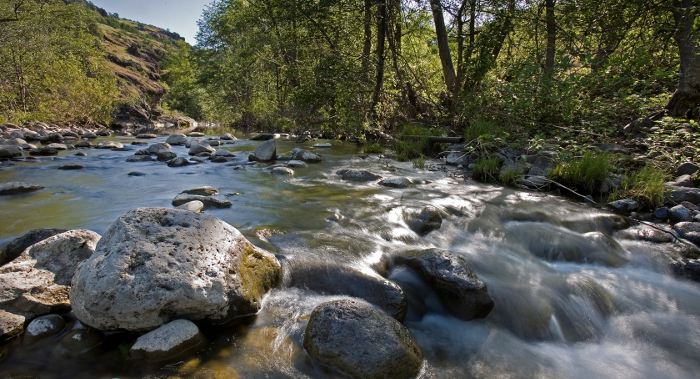
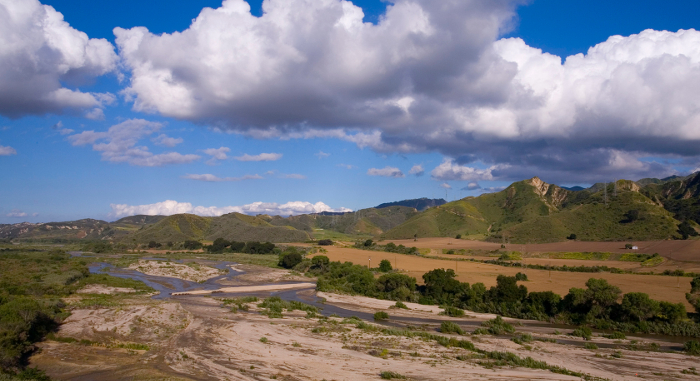
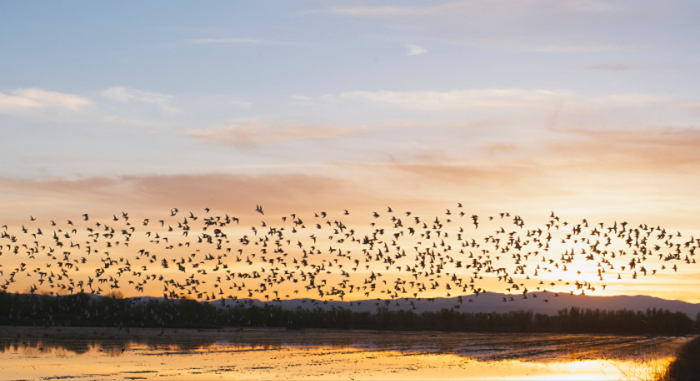
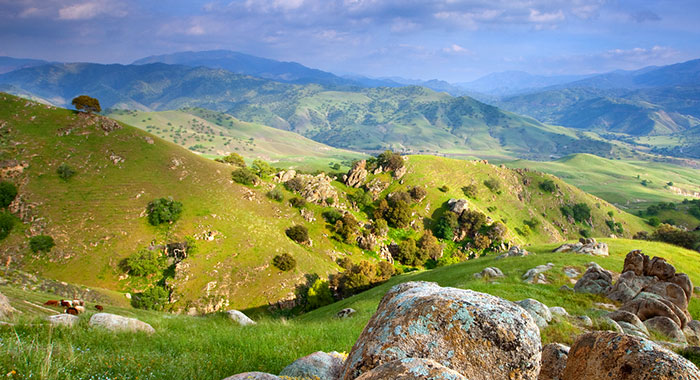
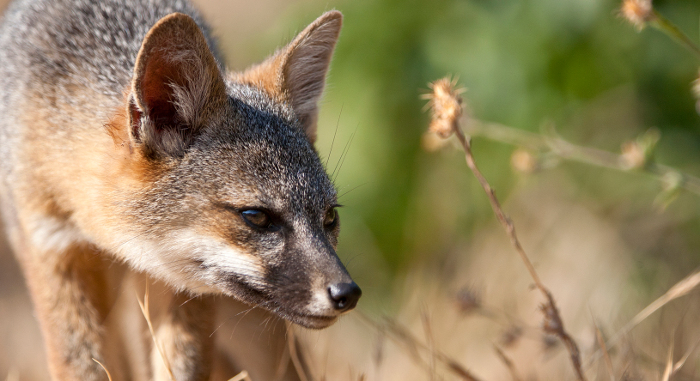
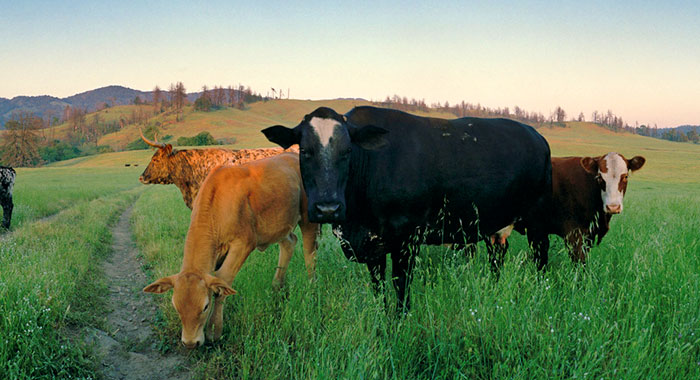
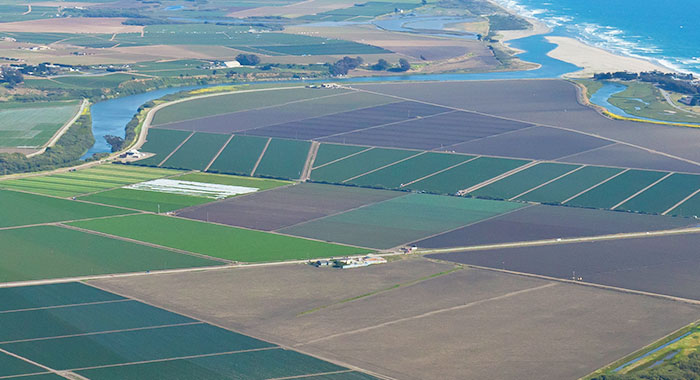

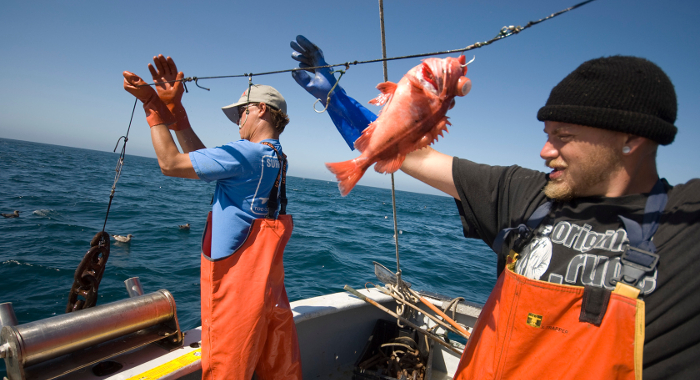
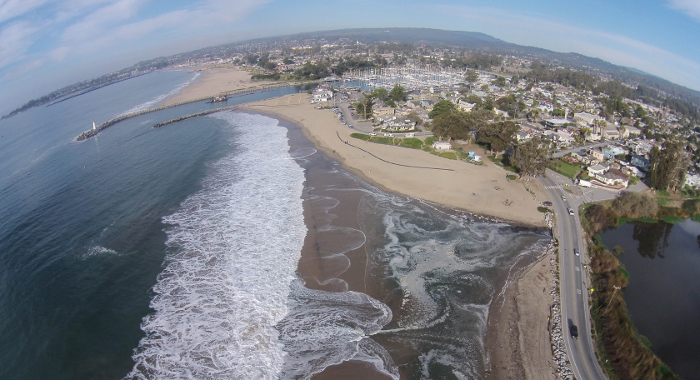


Kathryn M. Langin, T. Scott Sillett, Scott A. Morrison, Cameron K. Ghalambor
Island Scrub-Jays, a species restricted to 250 km2 Santa Cruz Island, CA, have different bill forms depending on whether they occupy oak or pine dominated habitat, a pattern that may be associated…The Nature Conservancy, Matt Merrifield
Nearly half of the world depends on seafood for their main source of protein. In the Western and Central Pacific, where 60% of the world’s tuna is caught, illegal, unreported, and unregulated…Kristen E. Dybala, Neil Clipperton, Thomas Gardali, Gregory H. Golet, Rodd Kelsey, Stefan Lorenzato, Ron Melcer, Jr., Nathaniel E. Seavy, Joseph G. Silveira
The Conservancy and partners are working to establish riparian ecosystems that provide sufficient habitat to support genetically robust, self-sustaining, and resilient bird populations in…Kristen E. Dybala, Neil Clipperton, Thomas Gardali, Gregory H. Golet, Rodd Kelsey, Stefan Lorenzato, Ronald Melcer, Jr., Nathaniel Seavy, Joseph G. Silveira, Gregory S. Yarris
Quantitative population objectives are necessary to achieve conservation goals of secure or robust wildlife populations, however, existing methods for setting them often require extensive…Kristen Wilson, Erik Lowe, Stacey Wolny, Barry Nickel , Rodd Kelsey
This study demonstrates how science-based planning with stakeholder input can improve and direct conservation investments across existing state and jurisdictional boundaries. The authors set out to…C. L. Boser, C. Hanna, D. A. Holway, K. R. Faulkner, I. Naughton, K. Merrill, J. M. Randall, C. Cory, D.H. Choe , S. A. Morrison
Argentine ants are highly invasive and ecologically damaging. This paper presents a method demonstrated to reduce even large-scale (~400 ha) infestations to non-detectable levels. This protocol…Jongmin Yoon , Helen R. Sofaer, T. Scott Sillett , Scott A. Morrison, Cameron K. Ghalambor
Climate is an important factor in how birds apportion time tending their nests, e.g., how much time they spend brooding versus foraging. This study examines how the roles of males and females of one…Burns, C.E., A. Hoss, N. Smith, K. Klausmeyer, K. Fesenmeyer, A. Campbell, J. Carah, E. Forsburg, S. Heard, J.K. Howard, L. Hulette, S. Liu, P. Spraycar, B. Stranko, G. Werner, D. Wordham
This report identifies a set of strategies that will have the greatest impact on environmental flows, and to provide a resource for conservation organizations, resource agencies, and other…Daniel Ovando, Dawn Dougherty, Jono R. Wilson
No-take marine reserves are a management intervention that can provide long-term fishery benefits. But, impacts of reserve implementation can negatively affect fishermen profits in the short term.…The Nature Conservancy, Jono Wilson
California fisheries, like the red abalone fishery, are facing increasing environmental variation and uncertainty due to climate change, complicating the sustainable management of commercial and…Debra Perrone, Melissa M. Rohde
Managed aquifer recharge (MAR) projects can play an important role in ensuring California manages its groundwater sustainably. This study, the first to investigate the benefits and economic costs…